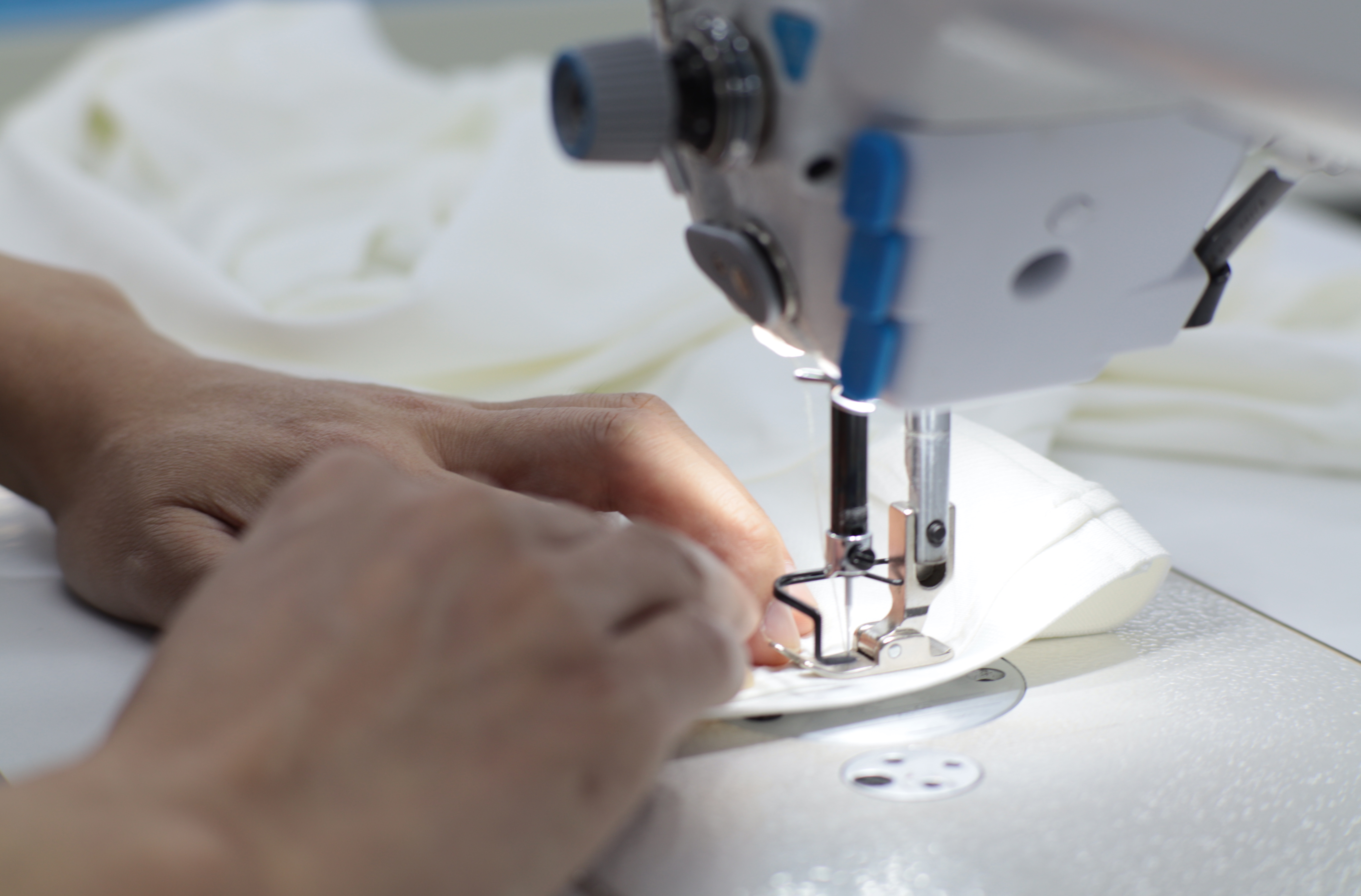Email format error
Email cannot be empty
Email already exists
6-20 characters(letters plus numbers only)
The password is inconsistent
Email format error
Email cannot be empty
Email does not exist
6-20 characters(letters plus numbers only)
The password is inconsistent


Revolutionizing Women’s Wear: The Power of Advanced R&D and Vertical Streamline Production
Introduction
As the global fashion industry continues to evolve, manufacturers who integrate leading-edge research, development, and streamlined production processes are transforming the way women’s wear is designed, produced, and delivered. By merging independent R&D with intelligent production, companies can create innovative garments that meet consumer demands for style, quality, and sustainability. This blog explores the essential elements of a comprehensive manufacturing facility that seamlessly combines advanced research, vertical production lines, and strategic processes to boost efficiency and product excellence.
1. Independent R&D: The Heart of Innovation
Women’s wear consumers are constantly searching for trend-driven yet functional designs. Through independent research and development efforts, a manufacturing facility can generate fresh concepts that resonate with modern style sensibilities. An authoritative R&D team remains adaptable to market fluctuations, proactively researching fabrics, silhouettes, and techniques that satisfy emerging trends. This, in turn, ensures each garment merges fashion appeal with the technical requirements needed to maintain high production quality. By investing in proprietary R&D, a company cultivates originality, delivering products that encapsulate both creativity and performance.
2. Vertical Streamline Production: From Concept to Seamless Delivery
Vertical streamline production serves as the backbone of modern apparel manufacturing. By controlling multiple steps within the supply chain—from sourcing and cutting to sewing and packaging—a comprehensive facility can manage timelines more precisely and achieve tighter quality control. This end-to-end approach advances sustainability efforts and reduces lead times, ensuring finished items reach customers swiftly without sacrificing workmanship. For instance, strategic material procurement and synchronized workflows minimize waste while accelerating the transition from design stage to store-ready product.
3. Intelligent Production for Women’s Wear
Integrating intelligent production systems provides a robust response to the fast-paced changes in women’s fashion. Automation, digital tracking, and data analytics allow timely and accurate control over each production phase. By employing cutting-edge technology, manufacturers can match seasonal style requirements, stock demand, and on-demand customization for women’s apparel. This synergy boosts overall operational efficiency, cutting excess inventory and decreasing error rates. The result is a smoother path from concept to consumer, with each step meticulously monitored and refined in real time.
4. Superior Quality Control at Every Stage
Quality assessment is an integral aspect of any successful apparel manufacturing process. In a facility that merges advanced R&D and vertical production lines, quality control becomes a continuous loop. By leveraging frequent checks and rigorous safety standards, potential flaws can be quickly identified and corrected. This comprehensive approach to testing fabrics, stitch consistency, and finishing details ensures that each garment fulfills the expectations tied to premium women’s wear. Consistent quality not only reinforces brand credibility but also drives customer loyalty and repeat business.
5. Sustainable Practices and Responsible Production
Modern consumers are increasingly concerned with the sustainability and eco-friendliness of their clothing. A future-focused manufacturing facility strives to minimize its environmental footprint by prioritizing resource efficiency, ethical sourcing, and low-impact processes. Through strategic use of intelligent production, factories can cut down on energy consumption and material waste, ensuring that the product life cycle is optimized from start to finish. By continuously seeking innovative ways to reduce waste, these factories can create high-quality garments while operating responsibly and transparently.
6. Elevating Brands Through Collaborative Partnerships
When manufacturers partner closely with brands, they integrate core competencies to deliver women’s wear that aligns precisely with market needs. Whether through private labels or direct design collaboration, a combined approach covers everything from researching fashion trends to ensuring consistent production schedules. It’s this synergy that allows brands to remain competitive, providing exceptional value to their customers. By conceptualizing pieces that fulfill style expectations and delivering them on time, the partnership defines both the vision and reliability between designers, producers, and end consumers.
Conclusion
By uniting a comprehensive R&D strategy with vertical streamline production, forward-thinking manufacturers are reshaping the way women’s wear is created and supplied. Embracing independent R&D fuels innovation, while intelligent production minimizes inefficiencies, enhances quality control, and addresses consumer demand for both fashion and function. This holistic approach ensures that the final products stand out in terms of design, fit, and sustainability.
If you’re ready to explore advanced women’s apparel manufacturing solutions, visit our website at http://www.nexusgarment.com. Discover how these sophisticated processes can elevate your brand and deliver exceptional results to meet the dynamic demands of today’s market.

